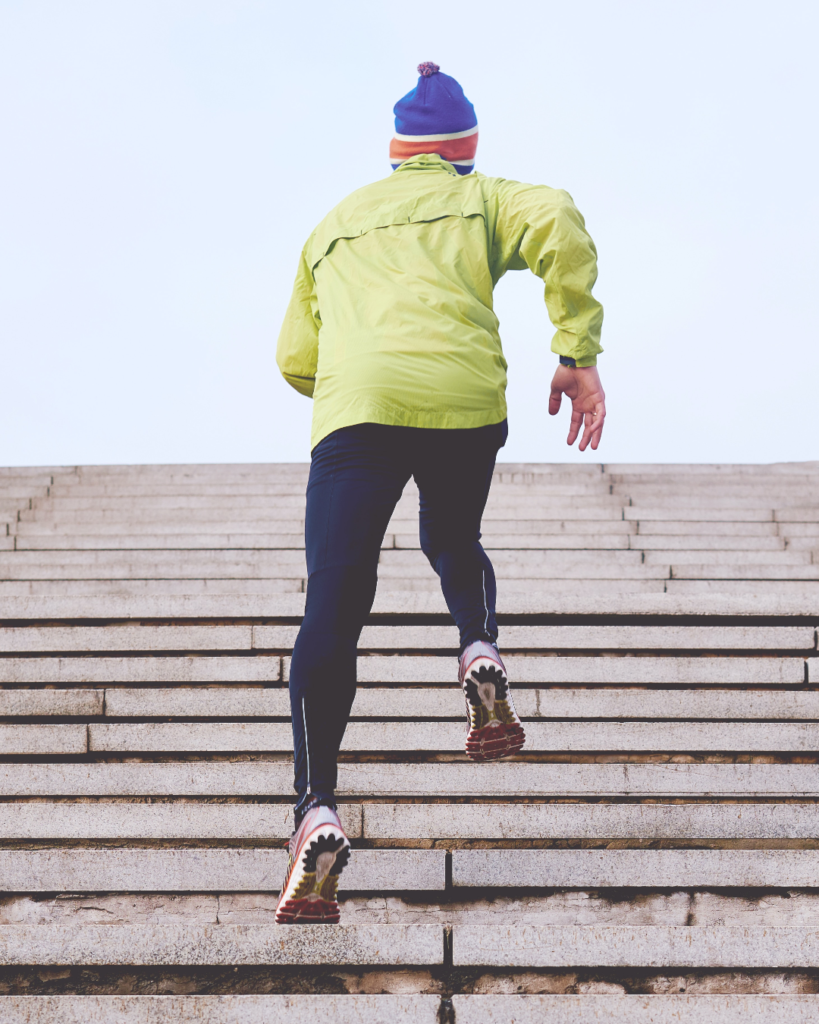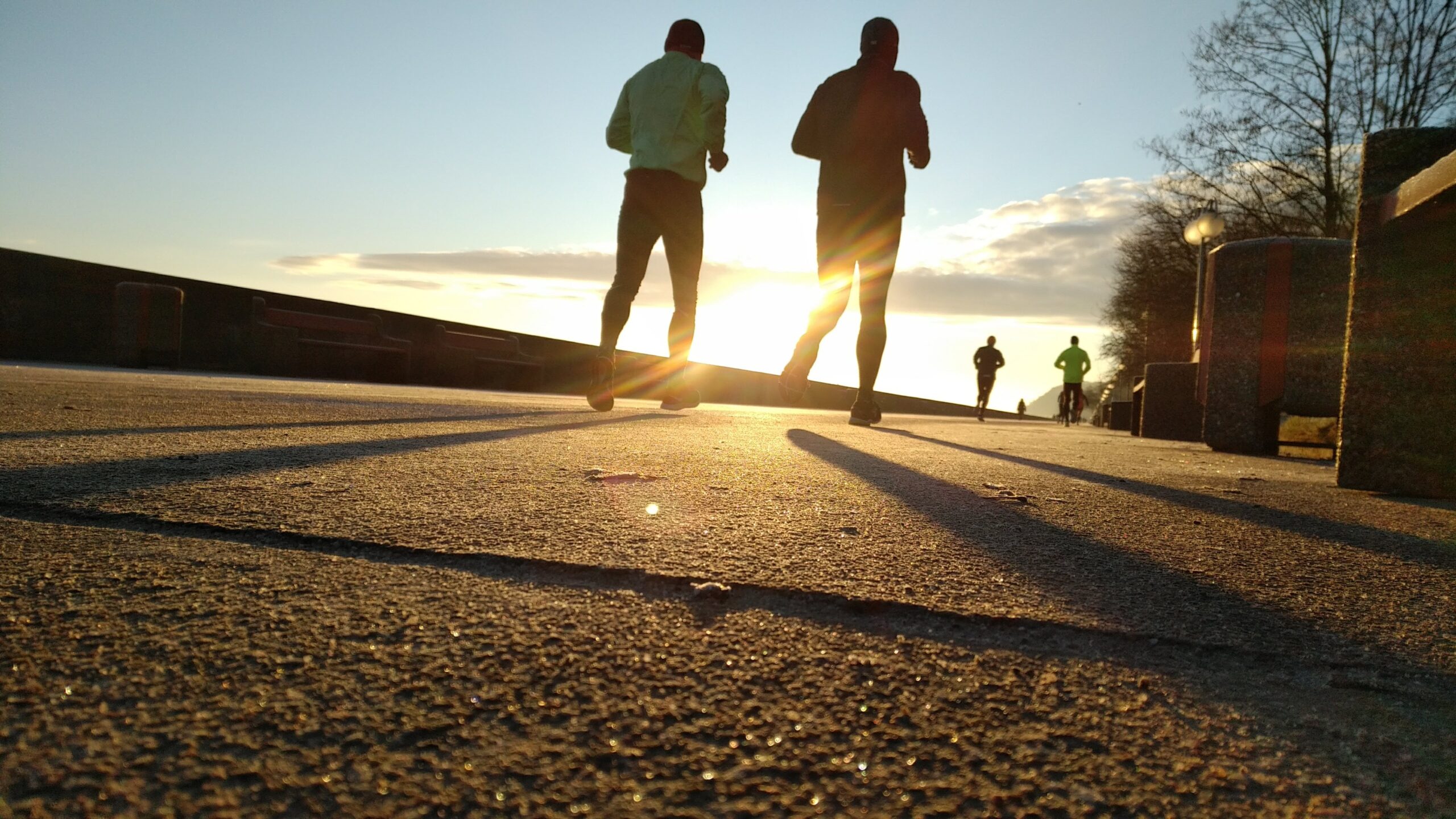With so many of us living relatively sedentary lives, it’s time to be proactive and get active. Here we explain why being active is so important.
The statistics surrounding fitness and activity levels make for worrying reading. According to the World Health Organization (WHO), one third of women and one quarter of men worldwide are not doing enough physical activity to stay healthy. And of course that is just the average – it varies from country to country. When you look at the entire world population, that adds up to an enormous number of people whose health is at risk.
What is more, when someone is unhealthy it effects the entire family whose lives are constrained by the limitations of their loved one. This then extends to society as a whole as health services are placed under greater strain with a sedentary population. With health services already creaking under the pressure of a two-year global pandemic, countries need their citizens to take individual action to improve their fitness and health.
Lack of physical activity has been consistently linked to numerous avoidable health problems including preventable cancers, heart disease, some respiratory diseases and type 2 diabetes and, in older age, osteoporosis, even in those who are otherwise healthy and within the normal weight range. For those who are overweight, improving their diet will play a large part but increasing levels of activity will also aid in achieving and maintaining a healthy weight. In fact everyone should also look to increase their activity levels to strengthen their lungs, hearts and bones – all of which will help to protect again these diseases.
But it’s not only physically that we profit from higher levels of activity. Endorphins are released when we are active and they contribute to improved mental health and lower stress levels so that our mental wellbeing also benefits.
The situation is so critical that the WHO has developed an action plan to assist governments in promoting exercise and its benefits in the expectation that it will help prevent disease. It is encouraging governments to create national strategies and policies that will make a difference at all levels of society including schools, workplaces, within communities and in healthcare settings.

Turning around current levels of inactivity won’t happen overnight but the WHO has a target of achieving a relative reduction in physical activity in adults of 15 per cent by 2030. Amongst its suggestions are making roads safer so that people feel more able to walk or cycle but, in addition, it would like to encourage people to engage in leisure activities that are fun but involve exercise such as dance, martial arts, swimming and sports.
However, even if you have no interest in those activities, it is still possible to increase your activity levels by making just a few tweaks to your behaviour, even if work involves sitting at a computer. Make a point of using stairs when possible, park further away from the shop when getting your groceries, stand up to chat rather than sitting down, meet a friend for a walk rather than a coffee. You can start slowly and then increase the amount of activity you undertake until it becomes an ingrained habit.
This summer, take a look at your lifestyle and see what changes you can make for a healthier and happier you!
Disclaimer:
Please note, all content provided is for informational purposes, and is believed to be accurate and current at the time of posting. It should not, at any time, be used in place of a medical professional or expert in the field. The article/blog is not an attempt to practice medicine or provide specific medical advice. Makes sure to always consult with a qualified and licensed physician or medical care provider.



